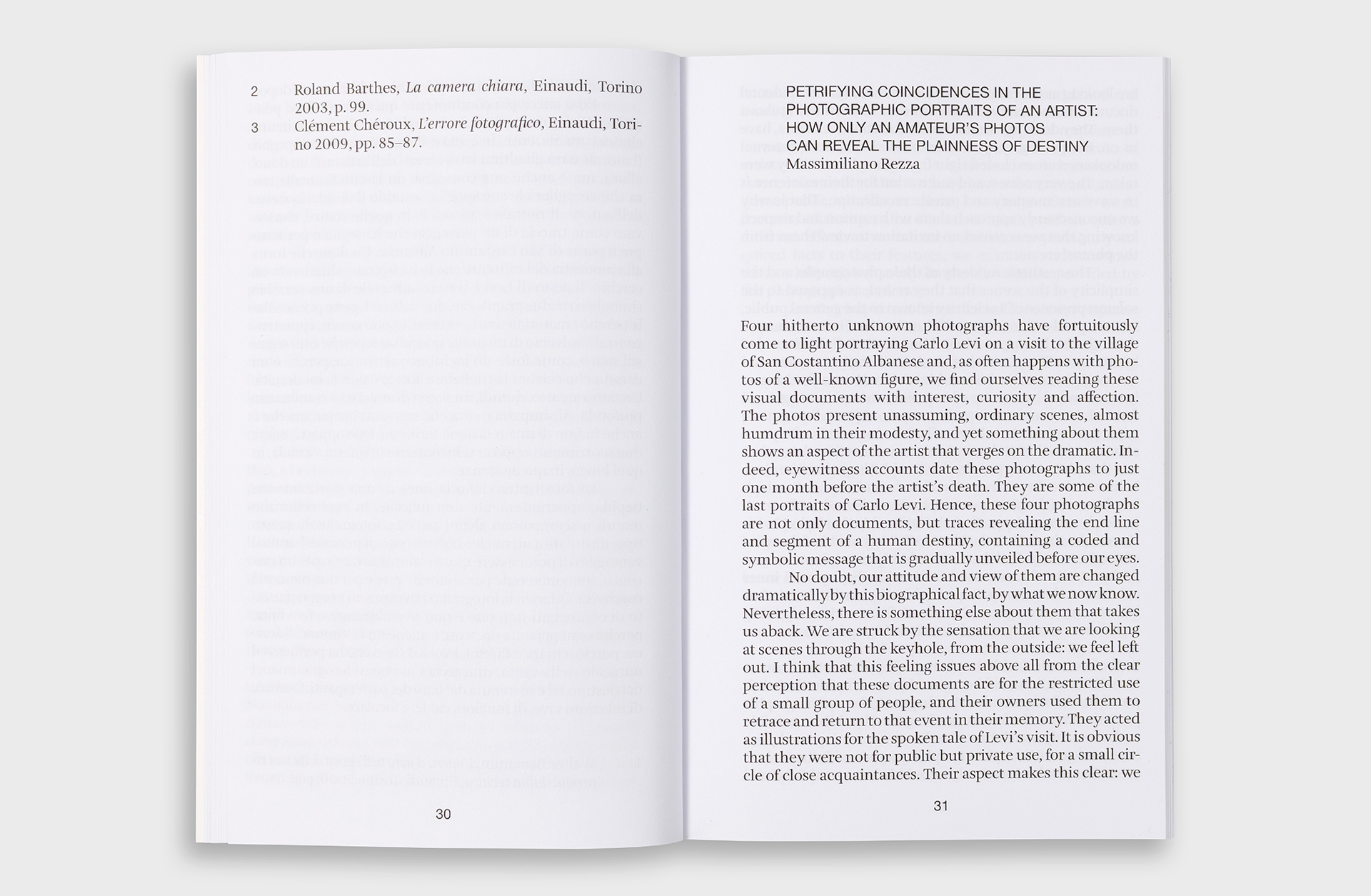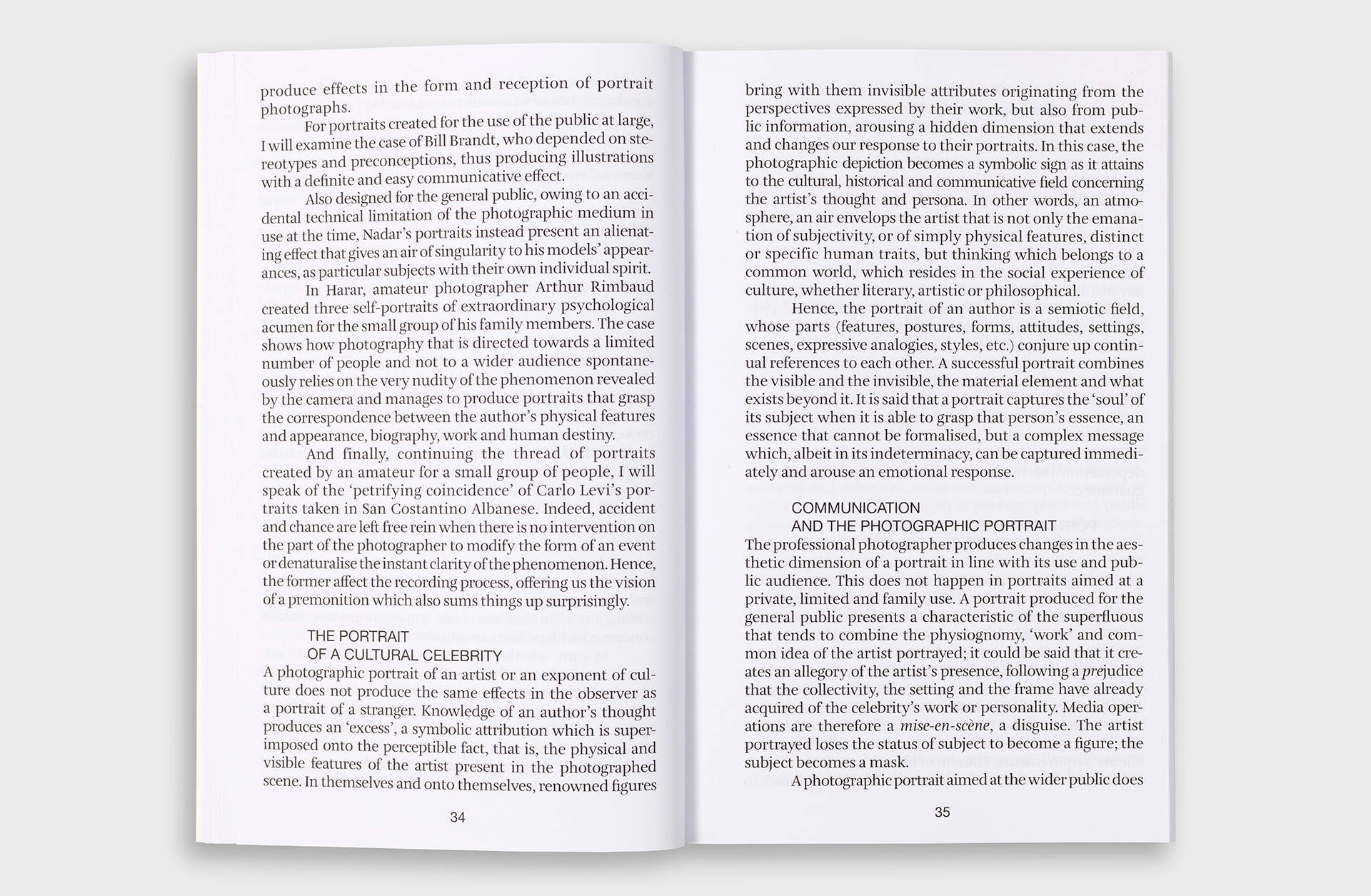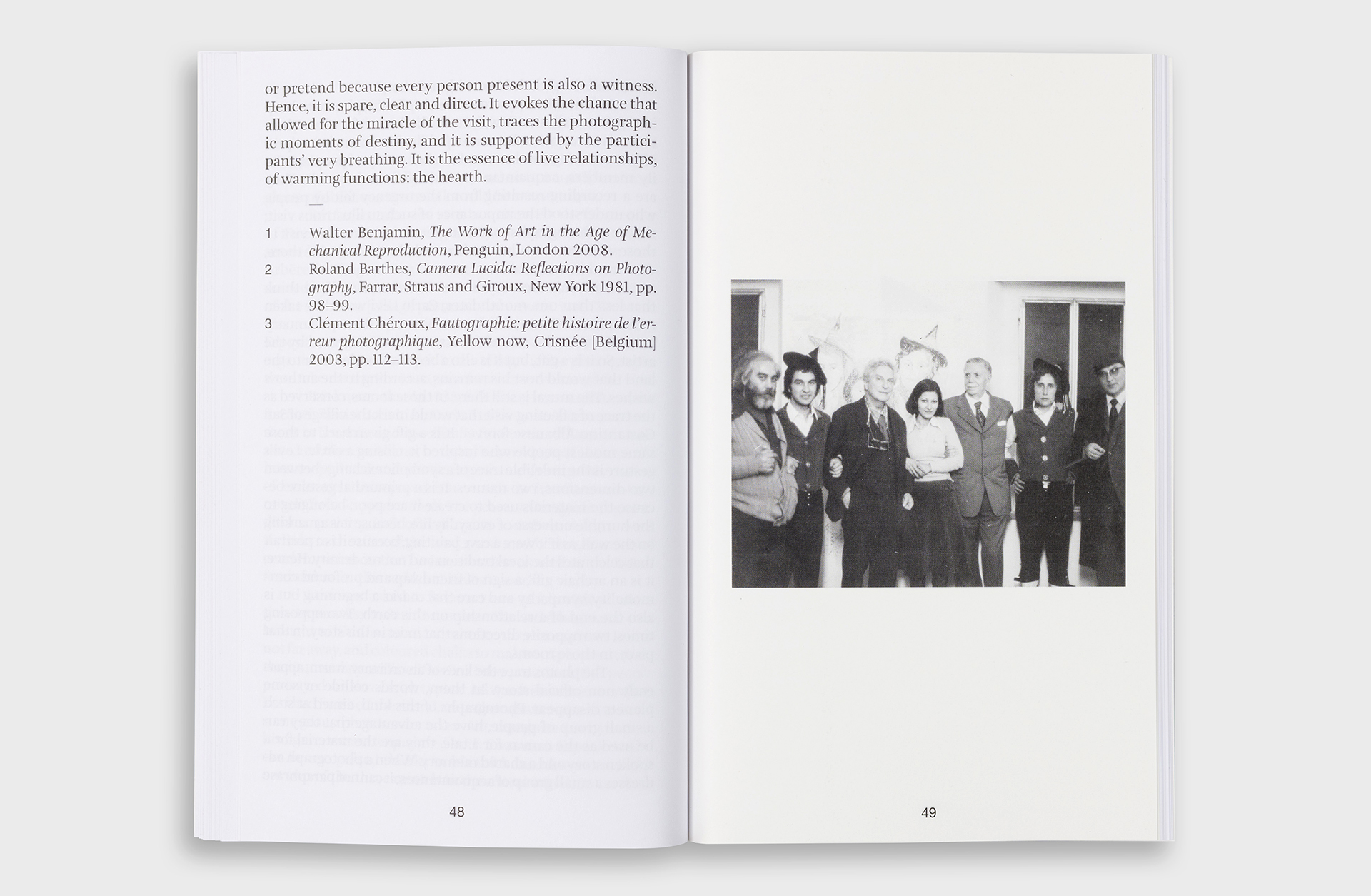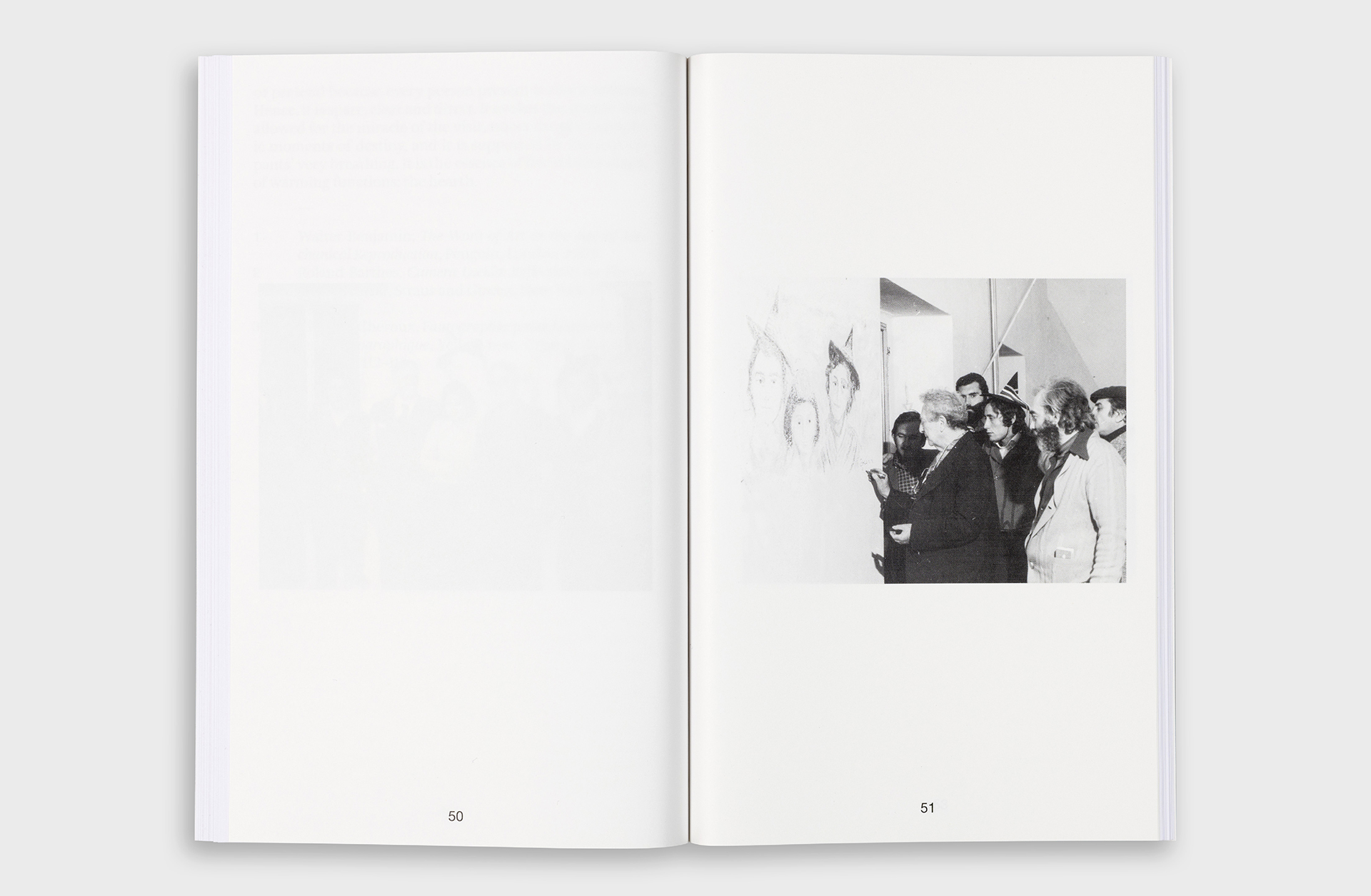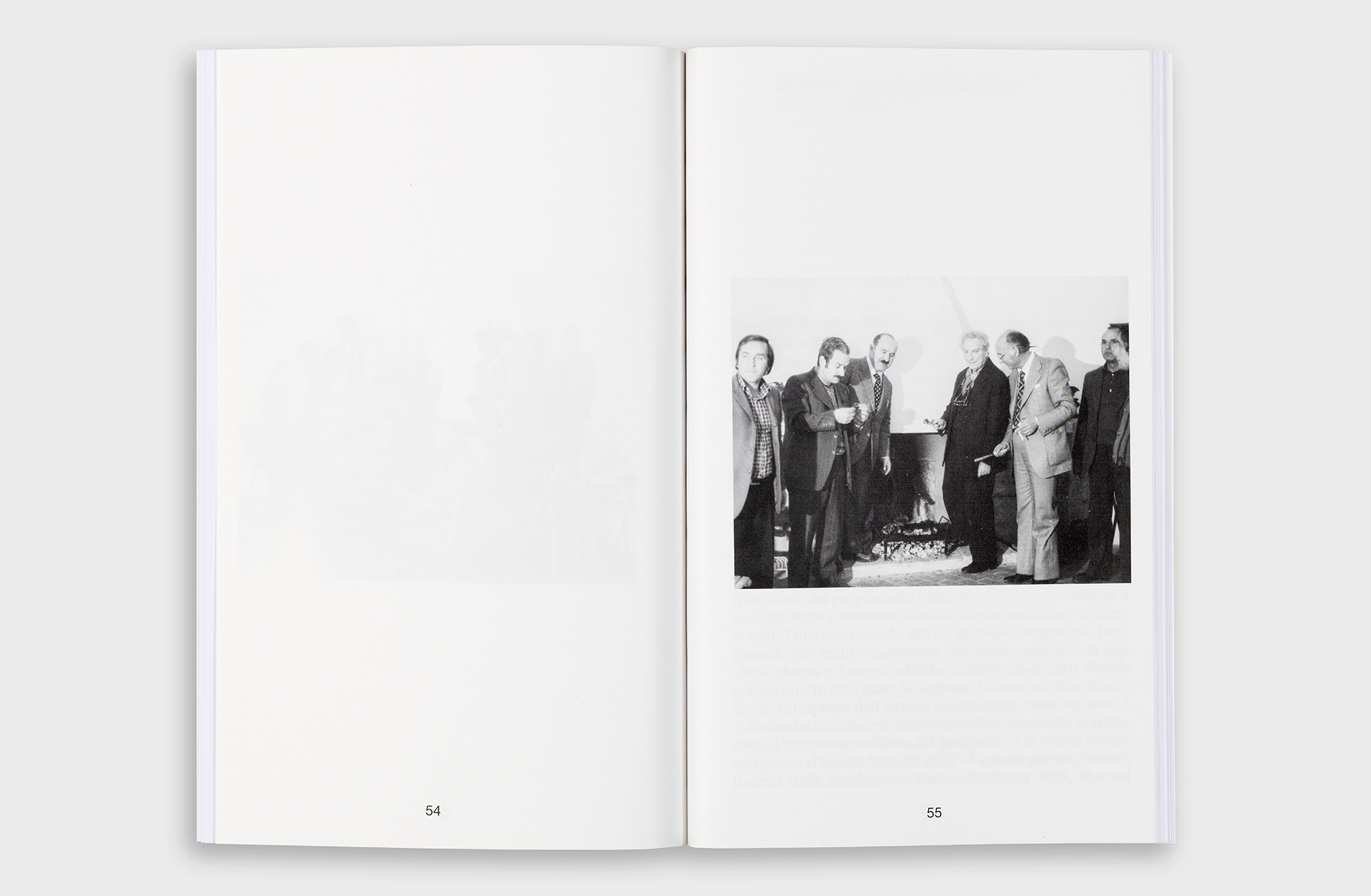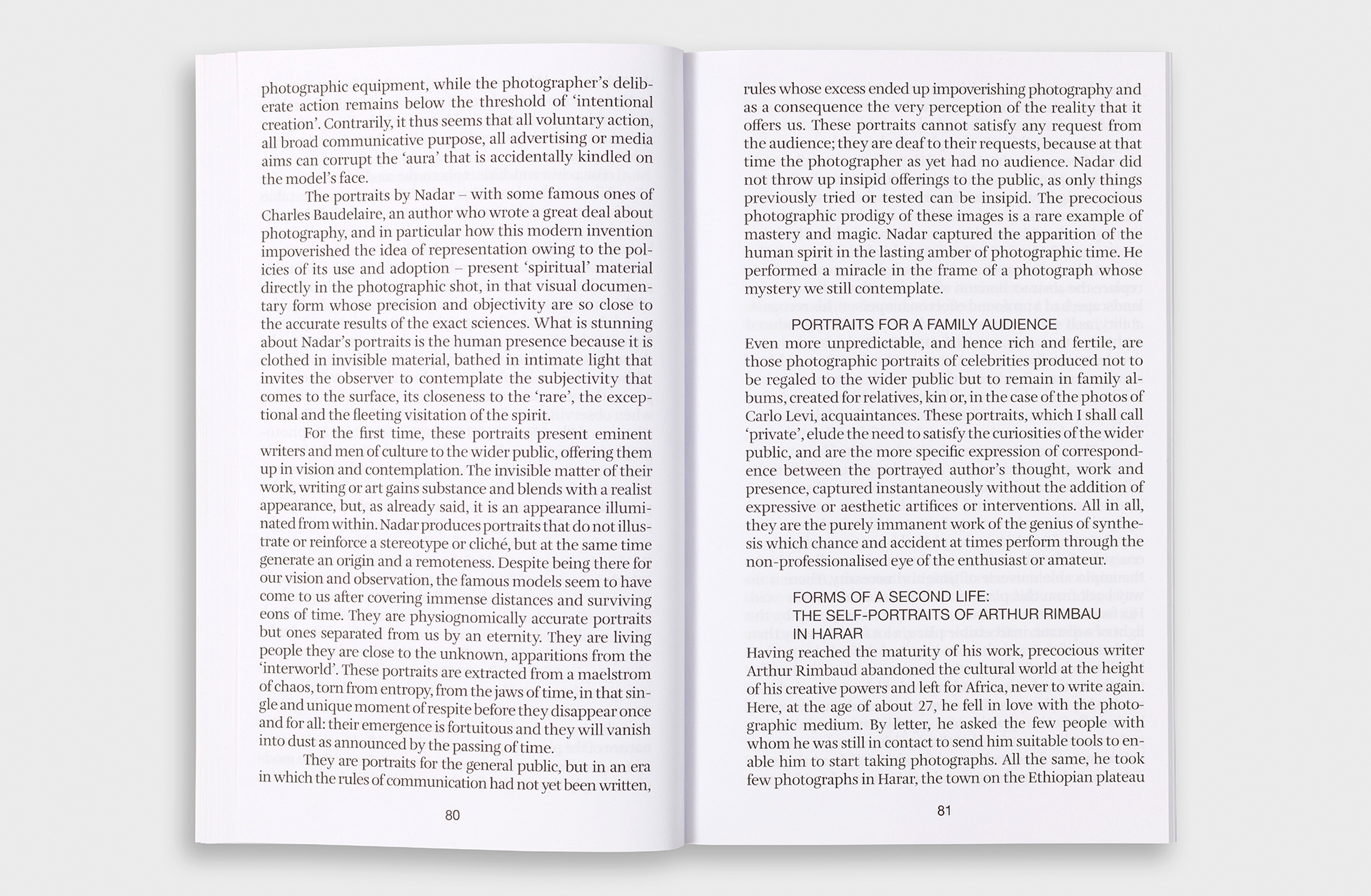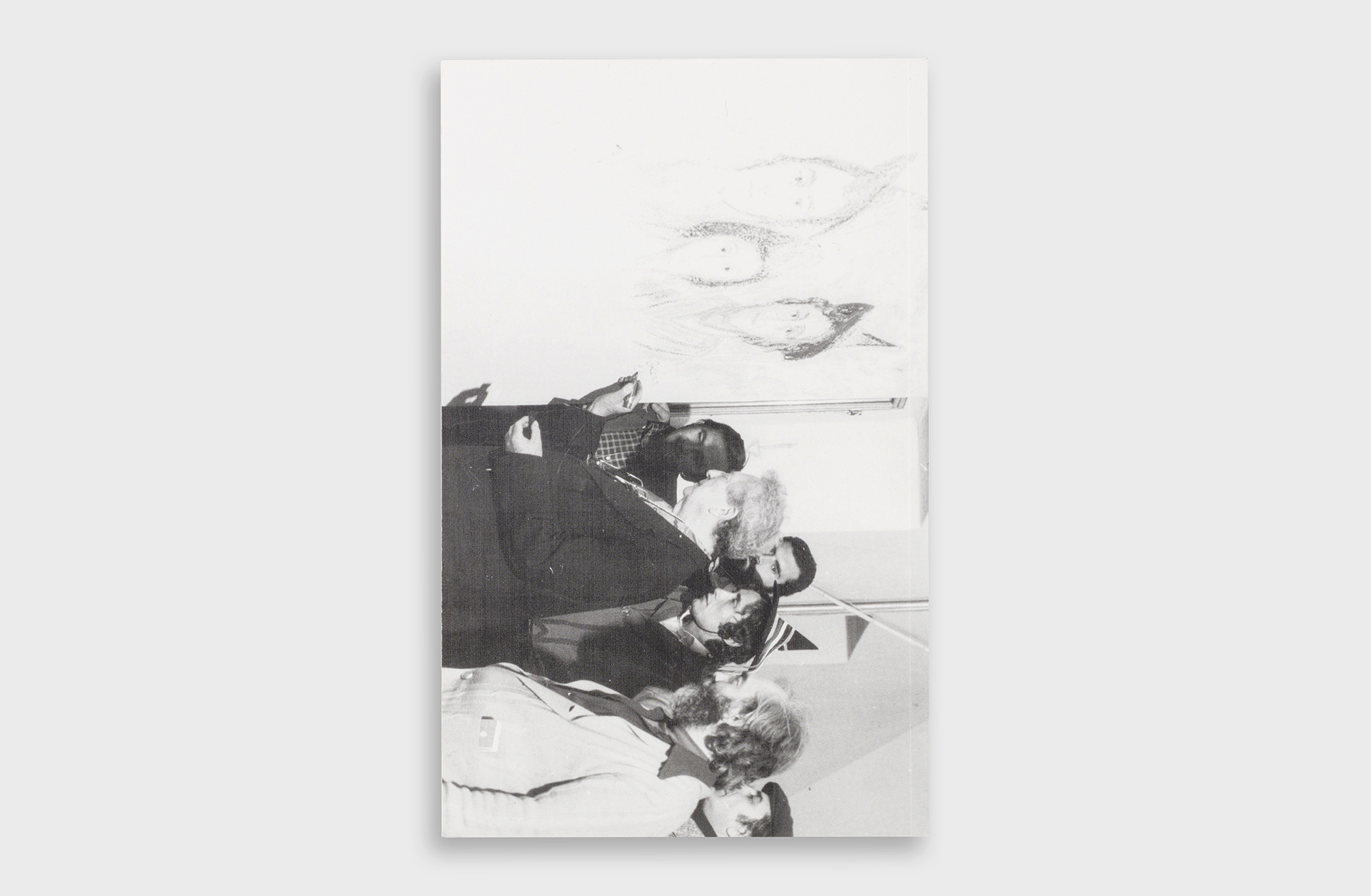Basilicata Vol 2

Archives of Basilicata is a book series devised and edited by Nationhood and published by Humboldt Books. The monographic publications, commissioned by the Matera-Basilicata 2019 Foundation on occasion of Matera European Capital of Culture 2019 and part of the wider I-DEA project, are centred around important documentary heritage from national archives and private collections that involve Basilicata and events linked to this region. The series sets out to create a relationship between image and written text that can give space to broader reflections. The choice of photographic content therefore acts as a trigger for the publication of essays and literary experiments able to relate to the retraced visual heritage. The texts, all entrusted to different writers, stray from a more classic descriptive approach and bring out the potential of archives as heritage that can build up our understanding of the past as well as the present. A particular feature of the second volume is the presence of four previously unpublished images from the private collection of Nicola Scaldaferri and taken on occasion of the last visit by Carlo Levi to San Costantino Albanese. They bear witness to what would be the last painting by the artist but also demonstrate how, if approached as a language that requires active interpretation by the user, archive documentation can produce a change in its meaning. At first sight, the photographs seem to say little: Levi surrounded by some members of the native Arbëreshë community as he is intent on painting that same portion of time using a lump of coal on the wall of the former Pro Loco association offices. The people there are as unaware of the photographer as they are of the end user and turn their backs on him: their gazes can only be seen through their portrait on the wall. It is clear that these images were not addressed to any other public than a select few. Taken by an amateur, they look modest, raw, lacking in any communicative study. And yet, if the shots of an improvised photographer have managed to produce such a refined game of mirrors, it is because a recurring correspondence exists in countless shots of a similar kind. In his essay Petrifying Coincidences in the Photographic Portraits of an Artist, Massimiliano Tommaso Rezza makes a broad semiotic reflection on the differences between photos designed for public and private use. According to Rezza, those photographs destined for the public contain excessive signs deliberately sought after by the author and so the subject is catapulted into the rhetorical image, the stereotype of him or herself. Only those photographs for domestic use, instead free from all deliberate construction, manage to impress reality by including the unexpected information that appears. It is the association of this information with the user’s experience – and not with the data known about the person who is portrayed – that allows new meaning to be produced. Mia Fuller, researcher and lecturer in Italian Studies at the University of California, Berkeley, together with Nicola Scaldaferri, lecturer in Ethnomusicology at the University of Milan, contribute to the book by producing two more texts that look into the anthropological, urbanistic and cultural issues of the Val Sarmento starting from the analysis of these four photographs.

